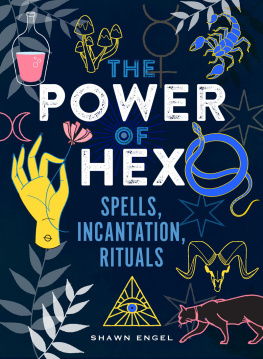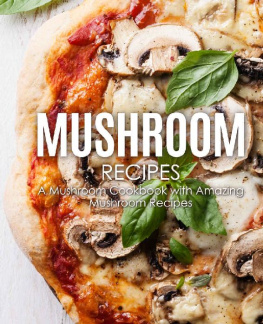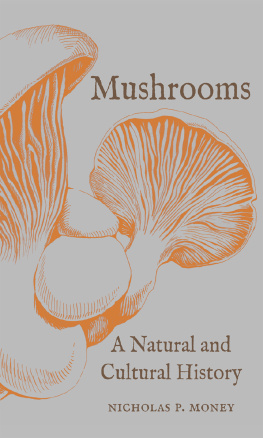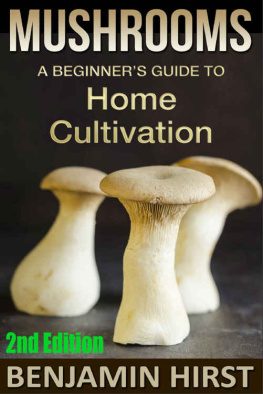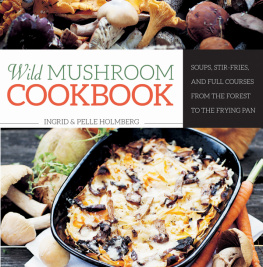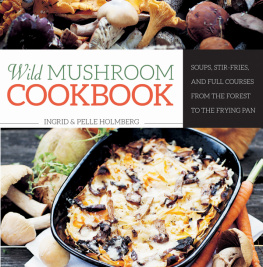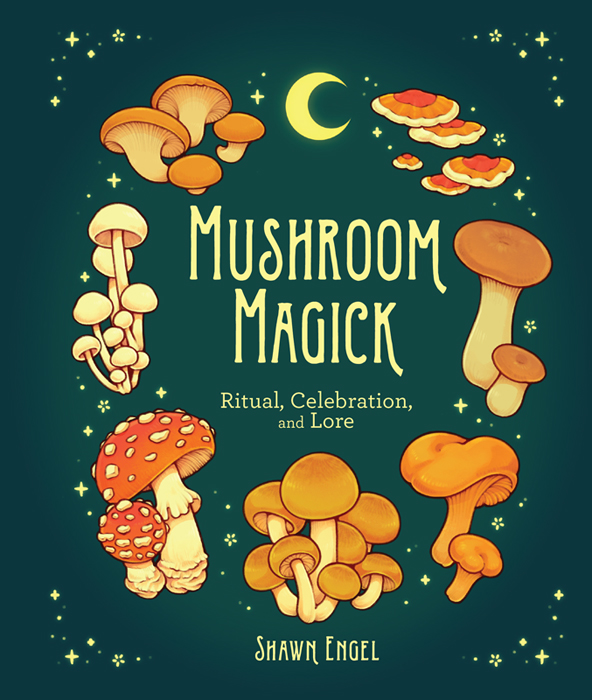STERLING ETHOS is a trademark and the Sterling Ethos logo is a registered trademark of Sterling Publishing Co., Inc.
Text 2022 Shawn Engel
Cover 2022 Sterling Publishing Co., Inc.
All rights reserved. No part of this publication may be reproduced, stored in a retrieval system, or transmitted in any form or by any means (including electronic, mechanical, photocopying, recording, or otherwise) without prior written permission from the publisher.
This publication is intended for informational purposes only. The publisher does not claim that this publication shall provide or guarantee any benefits, healing, cure, or any results in any respect. This publication is not intended to provide or replace conventional medical advice, treatment, or diagnosis or be a substitute to consulting with a physician or other licensed medical or health-care providers. The publisher shall not be liable or responsible for any use or application of any content contained in this publication or any adverse effects, consequence, loss, or damage of any type resulting or arising from, directly or indirectly, the use or application of any content contained in this publication. Any trademarks are the property of their respective owners, are used for editorial purposes only, and the publisher makes no claim of ownership and shall acquire no right, title, or interest in such trademarks by virtue of this publication.
ISBN 978-1-4549-4449-2
For information about custom editions, special sales, and premium and corporate purchases, please contact Sterling Special Sales at .
sterlingpublishing.com
Cover design by Jo Obarowski Berger
Interior design by Gavin Motnyk
Interior illustrations by Lianne Pflug
Background textures from Shutterstock.com: captureandcompose, FOXARTBOX, Here, OLEGGANKO

I NTRODUCTION
W hen we picture a mushroom, its difficult to imagine an image as idyllic as the fantastical, red-capped, white polka-dotted toadstool of fairy tales. Yet that iconic, cute, fae-friendly fungus is just one of over 7,200 species of mushrooms in the world. Each one has its own energetic correspondences, ways of interacting with its environment, and place in tradition. Because mushrooms have held so much significance for so many cultures, folklore and fables surrounding these sometimes edible, sometimes toxic fungi are present all over the world. Whether these tales concern their interactions with elven folk, deities from nature, the dead, or other entities, mushrooms hold great sacred importance in many different places. And because of this, they are excellent to use in a variety of spells and rituals.
This guidebook aims to break down a small intersection of mushroom species: what they are, how theyre used, their magickal properties, and what spells and intentions will be supported by them. Because there is such a breadth of mushrooms native to a plethora of lands, the distinction in size, shape, color, toxicity, and usage allow for many different energetic correspondences. Following a light overview of some of the most recognizable species and genera, youll journey across numerous countries to see how different cultures use these vegetable-adjacent foods to see what aligns with your practice, while educating yourself on different applications and sacred rites.
Finally, this book will show you examples of different spells, rituals, and recipes to work into your own routine. No matter if youre a beginner practitioner, somewhat more intermediate, or a long-time, full-fledged witch, the final section of the book will be easy and practical to implement. And whether mushrooms become a cornerstone of your practice or simply a once in a blue moon addition, youll be actively prepared to use household mushrooms by the end of this guide. Be warned, however, that if attempting to forage, youd be wise to consult an expert in mycology, a scientist of fungi, as some of these beautiful pieces of nature are highly toxic, and some are even fatal.

W hen I was selecting the mushrooms for this guide, the task became overwhelming. There are an incredible number of genera and species of mushrooms. The mushrooms below are a just a few of the most common and have been selected to demonstrate a range of mystical properties. Feel free to use this collection as a mere starting point on your journey to understanding the vast and fantastic world of mushrooms.
The breakdown of mushroom identification is lengthy and somewhat hard to follow. To simplify: all mushrooms belong to the kingdom of Fungi, and are then broken down further, in succession, to a division, then class, then order, then family. This book, from the classification tree, focuses on both the genus and individual species. The genus is the umbrella to the individual species. I will be focusing on more specific types of mushrooms to give the best energetic correspondences possible.
AMANITA
What It Is
This is the most archetypal genus of mushroom, housing the species Amanita muscaria, or fly agaric, the iconic mushroom from Super Mario. However, there are several hundred species under this genus, typically characterized by the large white spores decorating the caps. This genus ranges from edible to poisonous to deadly, so foragers must be incredibly careful when searching for it in the wet summer and autumn months.
How Its Used
Since this is an entire genus, individual varietals are used in different ways depending upon features like color or edibility. For example, the Caesars mushroom, an edible Amanita, has been used in Italian cooking for over two thousand years, boasting a rich, nutty flavor. It pairs well with lemon juice, olive oil, and red wine vinegar as an addition to salads and is also delicious grilled and sauted. This genus also houses the more popular psychoactive species, although these are not recommended for consumption. It would be wise for anyone attempting to consume these mushrooms to rule out whether or not they are fatal and to consult with an expert before even touching them.


